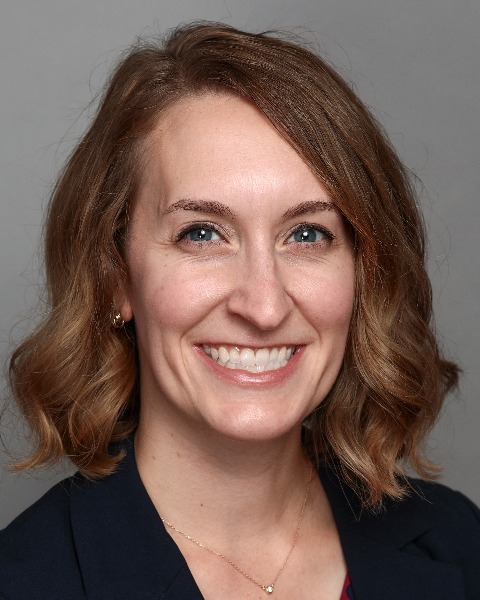Children with Chronic Conditions
Session: Children with Chronic Conditions 3
290 - Exploring Pediatric Residents’ Reflections on Communicating with Families of Children with Medical Complexity (CMC): A Qualitative Study
Friday, May 3, 2024
5:15 PM - 7:15 PM ET
Poster Number: 290
Publication Number: 290.68
Publication Number: 290.68

Breann Butts, MD
Assistant Professor
Cincinnati Children's Hospital Medical Center
Cincinnati, Ohio, United States
Presenting Author(s)
Background: Effective communication between providers and patients/families is essential for optimal health outcomes, especially for children with medical complexity (CMC). Pediatric trainees’ perspectives on what makes communication with families of CMC during clinical encounters successful or challenging could help inform targeted approaches to training and skill development.
Objective: To explore pediatric residents’ reflections on facilitators and barriers of effective communication with families of CMC during clinical encounters.
Design/Methods: Senior pediatric residents at our institution were recruited via email to participate in virtual semi-structured interviews. The interview guide was informed by literature review and expert consensus, reviewed by two family partners, and pilot tested with two chief residents. Interviews were transcribed, deidentified, and analyzed via inductive thematic analysis. Two authors independently reviewed transcripts and inductively derived codes to develop a preliminary codebook. The codebook was iteratively revised with codes organized into broader categories leading to preliminary themes through peer debriefing and review by co-authors. Data collection and analysis is ongoing to ensure that theoretical sufficiency has been achieved. Demographic data was obtained from participants at the time of enrollment.
Results: To date, eight residents have participated in this study; all had experience in clinical care of CMC and the majority considered themselves competent in communicating with families of CMC (Table 1). Preliminary themes include family factors (including families as both experts and teachers), resident factors (including bias, emotion, experience), and contextual factors (including acuity, distractions, continuity) that affect communication, and communication strategies that enable partnership in clinical care (normalization, active listening, adopting a systematic approach, inviting collaboration) (Table 2). Themes were organized into a framework that aligns with a shared decision-making model (Figure 1).
Conclusion(s): Our findings highlight family, resident, and setting factors that should be considered when pediatric residents communicate with families of CMC during clinical encounters. Residents’ reflections centered around opportunities to engage in shared decision-making with families of CMC. Communication strategies that were noted to be particularly effective will inform future educational interventions intended to support patient- and family-centered care for CMC.
.jpg)
.jpg)
.jpg)
